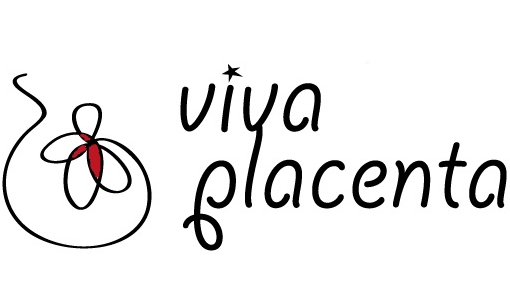During pregnancy, and during birth, the placenta is responsible for the survival of the mother and the child. It acts as a barrier to protect the baby from various unwanted elements, and against most foreign and possibly harmful molecules. It is important to note that it sometimes does not recognize potentially harmful unnatural substances such as drugs and alcohol, which is why it is important to be careful during pregnancy. It also produces and uses various hormones, like oestrogen, progesterone, and gonadotrophin. The hormones produced by the placenta control the contractions and make sure the uterus is the perfect environment for the baby to grow in. These hormones also prepare lactation for the mother, thus preparing for the baby's survival after birth.
The placenta also has the ability to choose and dispach the good nutrients that are essential to the development of the baby's tissues. It chooses the nutrients from the mother's blood, and sends them to the foetus. People often misinterpret the placenta as being a ''filter'', gathering all the unwanted toxins and waste during pregnancy. The fact is it acts more as a dispatcher, sending the nutrients and oxygen to the baby, and returning the waste to the mother's system, who will eliminate them through the liver, etc.
Foetal side of the placenta
The placenta also acts as the baby's ''lawyer''. It is able to manipulate the mother's system for the benefit of the baby when there is a need for something in particular. It uses a system of hormones to make all sorts of demands to the mother's body, like to dilute her blood, or to send specific nutrients.
The placenta itself weights about a pound, and looks slightly like a tree. On the foetal side, the placenta is smooth and shiny, with the umbilical cord usually in the middle, splitting into veins. On the maternal side, the placenta looks like chunks of red meat packed up together, with a spongy surface that attaches to the uterine wall.

